Bitcoin futures premium hits 7-week high: is the rally sustainable?
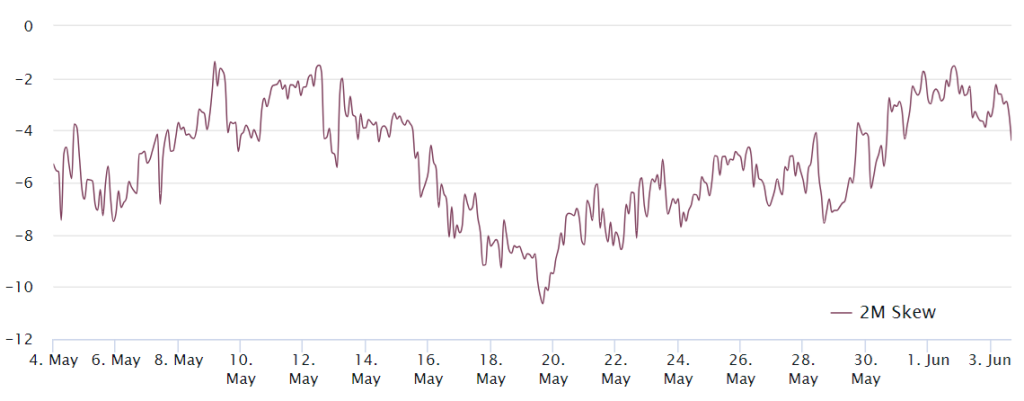
Bitcoin flirted with $70,200 on June 3, but traders fear excessive leverage might be a double-edged sword.
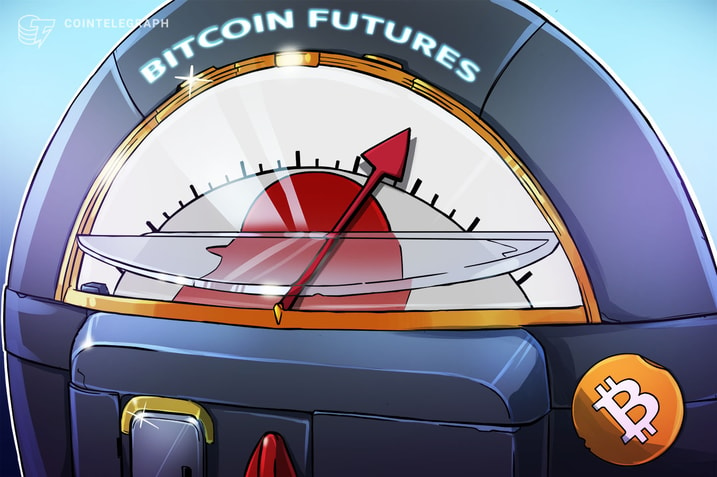
Bitcoin (BTC) gained 2.5% on June 3 to $69,400, sparking hopes that it might reclaim the $69,000 support level for the first time in 11 days. This positive price movement coincided with a surge in the Bitcoin futures premium to its highest level in seven weeks. But what does this mean for the sustainability of Bitcoin’s rally toward $70,000?
GameStop mania and weaker odds of Fed’s interest rate cuts
Some analysts believe that Bitcoin’s recent price jump was partly influenced by GameStop’s (GME) impressive 36% rally. This surge in GameStop stock rekindled memories of the 2021 anti-traditional finance sentiment when retail investors banded together to challenge the status quo. This sentiment appears to have spilled over into the memecoin sector as Floki gained 16.5%, Dogwifhat (WIF) 9%, and Bonk rallied 7.5%.
Additionally, comments from the Federal Reserve Bank (Fed) of Minneapolis’s Neel Kashkari have added to the uncertainty. The Fed official stated that he doesn’t foresee a rate cut anytime soon, citing Americans’ strong aversion to inflation. This stance, although not universally shared among Fed officials, is seen as negative for the housing and stock markets. As a result, some investors are turning to alternative investments like Bitcoin.
Global geopolitical tensions have also played a role in Bitcoin’s recent price action. Australia’s decision to order Chinese investors to reduce their stakes in a rare earths miner has heightened uncertainty in global markets. This move coincided with a 1% gain in gold and a sell-off in U.S. Treasuries, with the 5-year yield dropping to 4.42% from 4.59% on May 31.
Bitcoin derivatives support further price gains
The Bitcoin futures premium reflects the difference between the monthly contracts derivatives markets and the spot level on regular exchanges. Usually, a 5% to 10% annualized premium (basis) occurs to compensate for the extended settlement. In essence, a higher premium suggests that traders are willing to pay more for future contracts, indicating bullish sentiment.
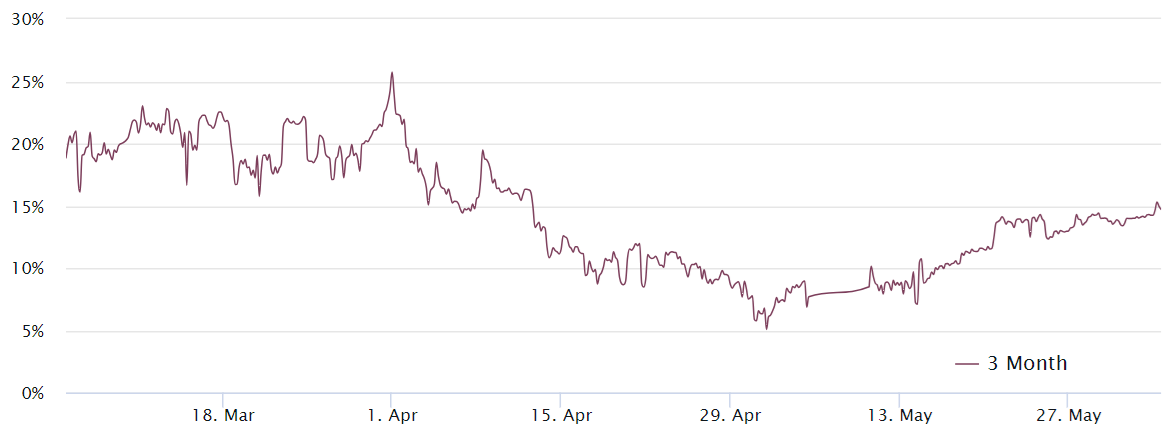
The Bitcoin 3-month futures premium rose to 15%, marking the highest level in seven weeks. This indicates a cautiously optimistic sentiment among traders, which is essential to avoid cascading liquidations during unexpected negative price swings. Still, to infer whether this sentiment is solely present in futures markets, one should analyze the Bitcoin options 25% delta skew.
The delta skew measures the relative demand for bullish and bearish options. A negative skew indicates a higher demand for call options (buy), while a positive skew suggests a preference for put options (sell). Neutral markets typically hold a -7% to +7% delta skew, thus indicating a balanced pricing between call and put options.
Related: Will Bitcoin benefit from a European Central Bank rate cut?
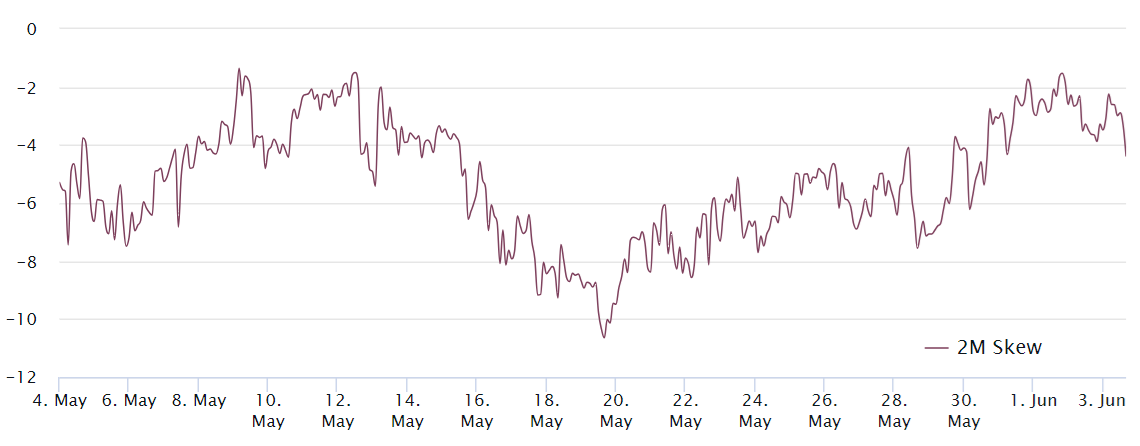
Note that the 25% delta skew metric has remained stable near -3% over the past week, suggesting that traders are not overly optimistic or pessimistic about Bitcoin’s short-term price movement. The last time Bitcoin options showed signs of optimism was on May 21, but this was short-lived as the $71,500 resistance proved difficult to overcome.
The recent data points to a healthy Bitcoin market, with demand driven by a mix of factors including fear of recession, geopolitical uncertainty, and a resurgence of anti-traditional finance sentiment. Key metrics such as the Bitcoin futures premium and the 25% delta skew suggest cautious optimism among traders, providing a stable foundation for further price gains above $70,000.
This article is for general information purposes and is not intended to be and should not be taken as legal or investment advice. The views, thoughts, and opinions expressed here are the author’s alone and do not necessarily reflect or represent the views and opinions of Cointelegraph.

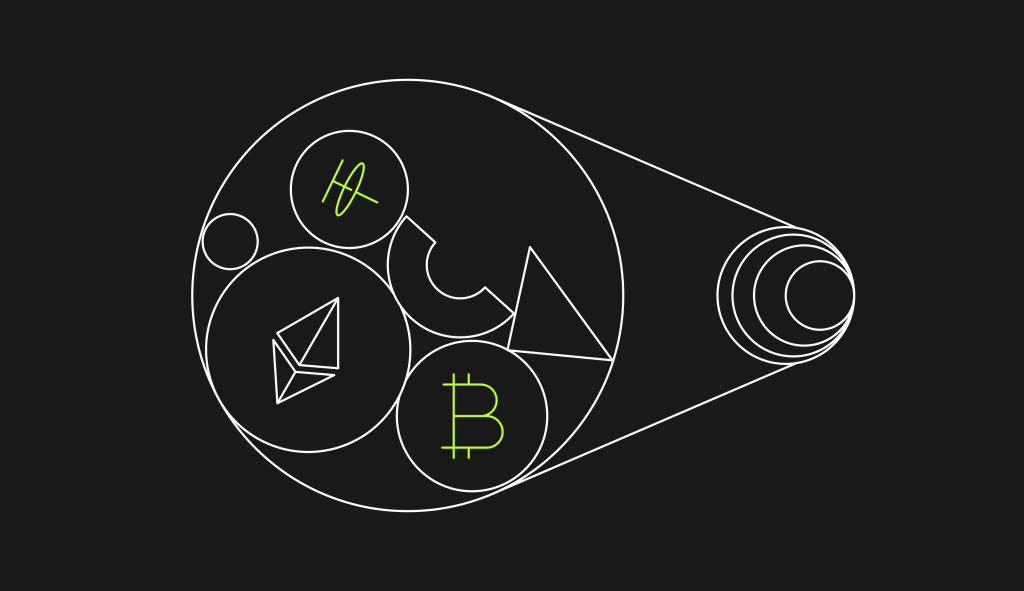
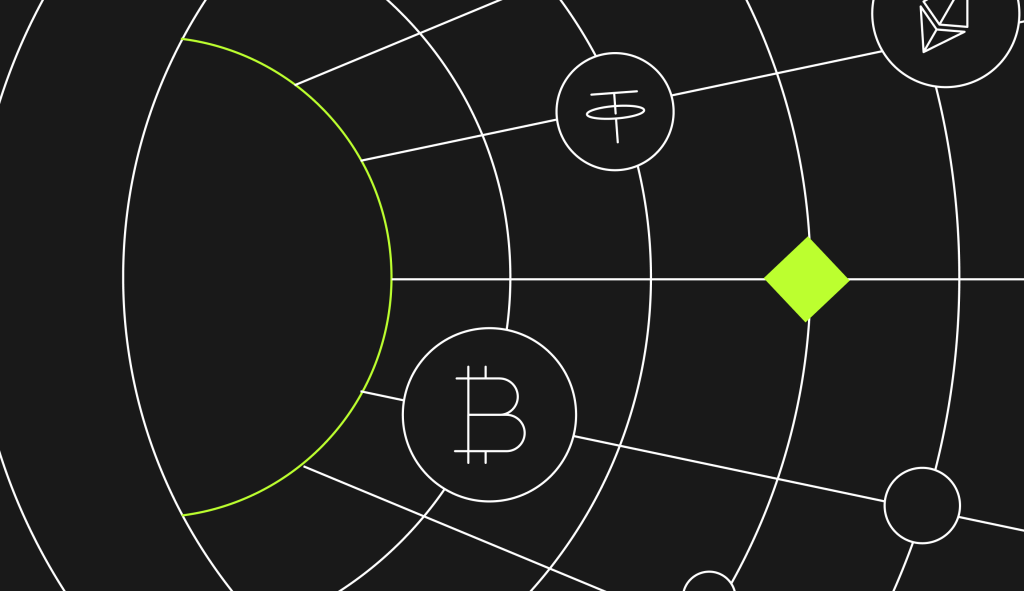
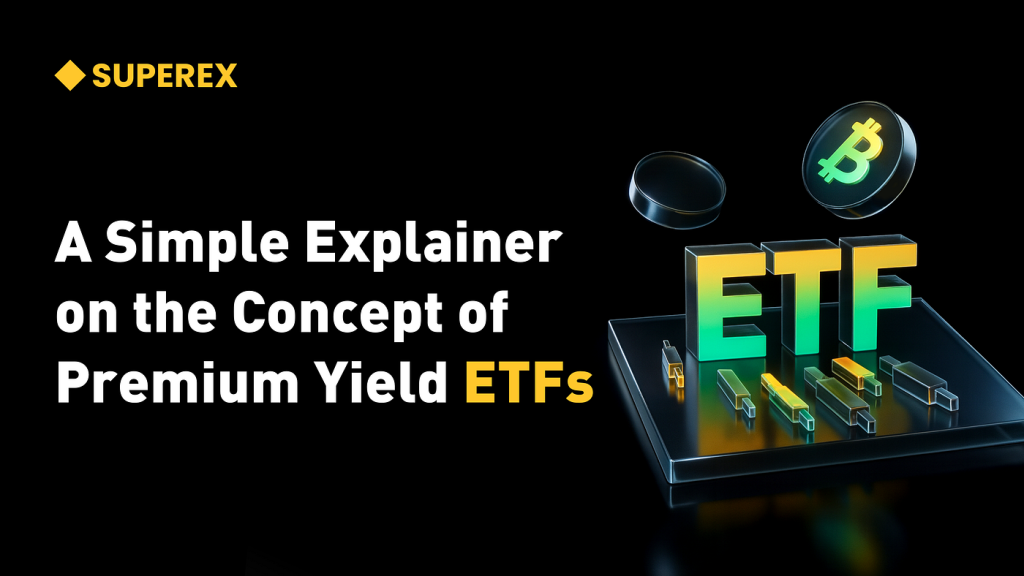
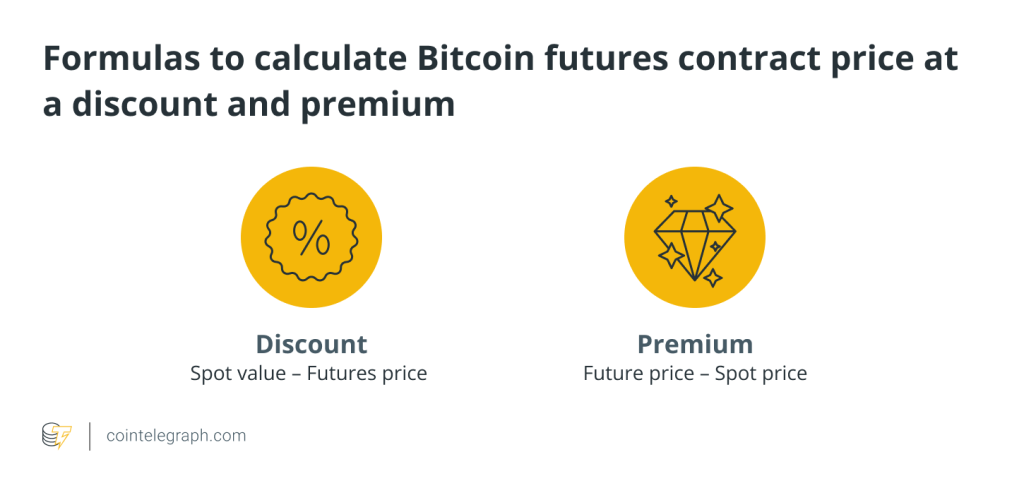
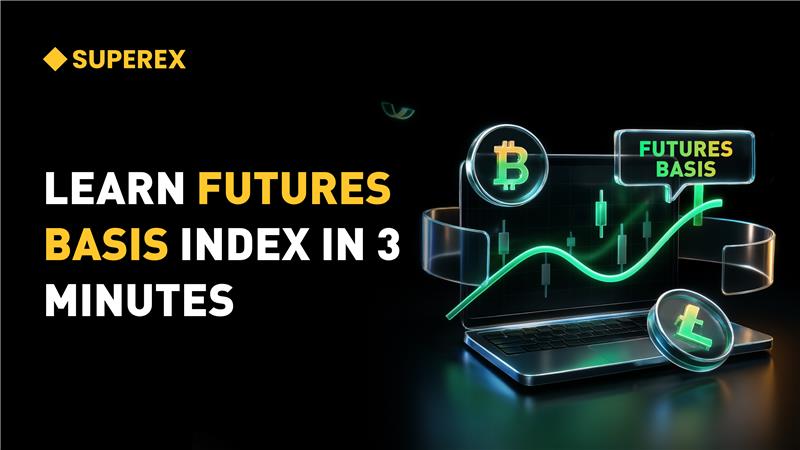
Responses